How Dangerous Is Feline Herpes Virus?
27.09.2022.
Herpes virus in cats causes an acute disease characterized by sneezing, fever, rhinitis, conjunctivitis, and ulcerative keratitis, also known as feline rhinotracheitis.
What is cat herpes?
FHV-1 causes an acute cytolytic infection of respiratory or ocular epithelium after the agent's oral, intranasal, or conjunctival exposure. The respiratory system causes rhinitis with sneezing and serous to purulent nasal discharge; tracheitis can occur, and chronic sinusitis may be a sequela. In the ophthalmic system, usually, FHV-1 causes conjunctivitis with serous or purulent ocular discharge. Also, cat herpes can cause ulcerative keratitis or panophthalmitis. In utero, infection of pregnant queens can result in severe herpetic infections in neonates.
How does a cat get infected?
The source of infection is an infected cat. The virus is shed with saliva, ocular discharge or nasal discharge. Only cats get sick from this type of virus. The problem is an inapparent disease carrier, which does not have clinical signs but excretes the virus in the environment where the virus persists for 1-2 days.
So the virus can be transmitted by direct contact with secretions, by inhalation of sneeze droplets, by sharing bowls for food and water, and by contaminated environment (bed or grooming aids). If one cat gets infected, she remains latently infected and becomes a long-life carrier because the virus persists in nerve cells.
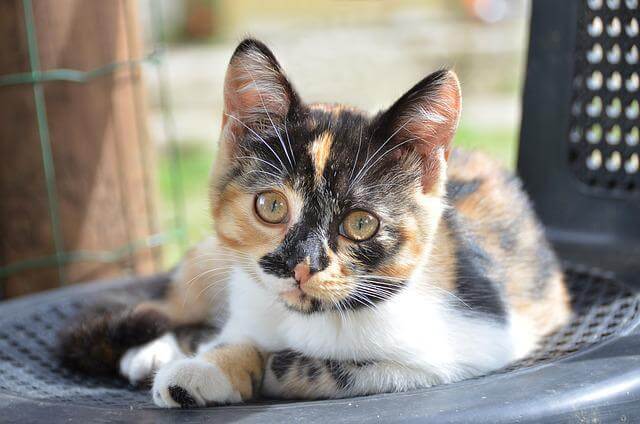
RELATED: Pica in Cats: Causes, Symptoms & Treatment
Risk factors
Feline herpes usually affects kittens at about 5 weeks of age. It is common in cat shelters, multiple cat facilities with poor ventilation, poor sanitation, poor nutrition, or street cats. FHV-1 is also a concomitant disease in immunosuppressive organisms. Cat herpes is a common problem in cat shelters. It could be a significant problem in breeding catteries because feline herpes often appears in young kittens before weaning (around 4-8 weeks). FIV and FeLV-positive, healthy cats should be protected against feline herpes and held indoors,
Clinical signs
Incubation of the virus is 2-5 days. The disease usually starts with a fever of up to 41 *C / 106 *F. The cat is lethargic, lacks appetite, has messy fur, and has serous or purulent discharges. The disease usually lasts about 3 weeks, but most cats recover in 2 weeks after developing clinical signs. So below is what can be seen in sick cats:
- Fever
- Sneezing
- Salivation
- Lethargy
- Inappetence
- Occular serous, mucopurulent, or purulent discharge
- Nasal serous, mucopurulent, or purulent discharge
- Inflammation of cornea with small corneal ulcers
- Skin inflammation and ulcers
Owners usually notice the acute onset of paroxysmal sneezing, blepharospasm and ocular discharge, anorexia, general malaise, inability to smell, or abortion in queens.
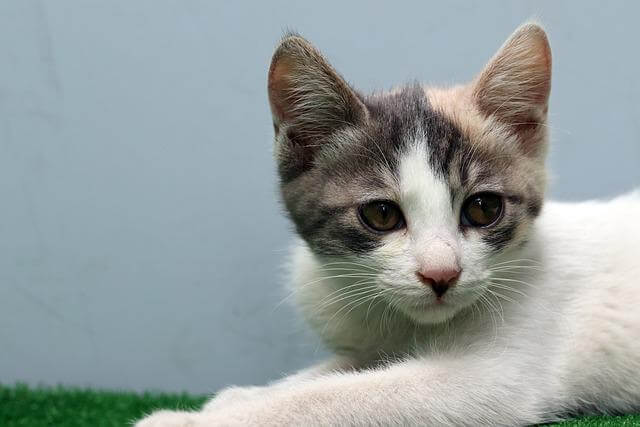
RELATED: How To Recognize Cat Acne & How To Help Your Cat?
Diagnosis
Depending on clinical signs and physical examination, the vet sets the diagnosis. The preferred method of diagnosing cat herpes is PCR. It is established by detecting feline herpes DNA in biological material such as conjunctival or oropharyngeal swabs. But a positive PCR test may detect viral latency and does not mean that the virus is responsible for the observed clinical signs.
However, it indicates the possibility of recurring signs in the future. Virus isolation is an alternative method of FHV detection; it can be isolated from conjunctival, nasal, and pharyngeal swabs or post-mortem from lung samples. Also, cat herpes antigens can be detected by immunofluorescence assay. Antibodies to feline herpes can also be detected by neutralization test or ELISA in serum, but antibodies do not allow differentiation between infected and vaccinated animals.
Treatment
Generally, it is important to restore fluids and electrolytes. Also, food intake is very important. To prevent secondary bacterial infections, antibiotics of broad-spectrum should be given. Vitamins are also used to support organisms. Symptomatic treatment is important.
- Acute respiratory disease: nasal flushing, highly palatable food, fluid therapy, antibiotics, NSAIDs, mucolytic drugs
- Ocular disease: antibiotics, NSAIDs
- Antiviral therapy: drugs, ex. Idoxuridine, Famciclovir, cidofovir, Feline or human interferon
- Lysine supplementation: Lysine has been used to help support immune function. It is an essential amino acid that can slow viral replication-immune system responds more effectively and may slow the progression.
- Stress management: Long-term or short-term stressors may cause an FHV-1 flare-up to last longer. Stress management should be addressed as part of your treatment plan.
- Antibiotics: cat herpes is a virus and will not respond to antibiotics - antibiotics are used to treat secondary bacterial infections that can arise due to a weakened immune system caused by an cat herpes flare-up
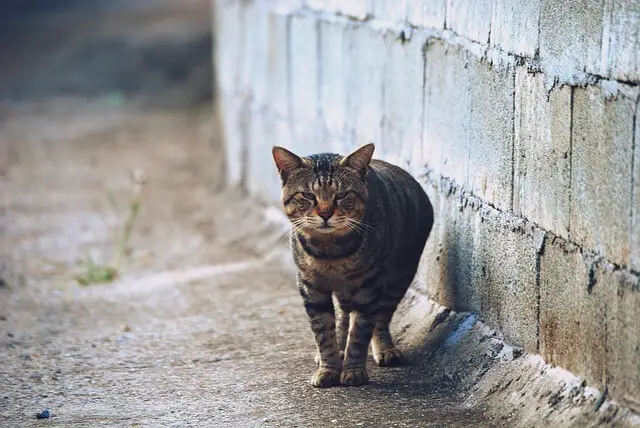
RELATED: What Is Cat Dementia & How To Help Your Cat?
Prevention
There is a vaccine against FHV-1 (it is included in a polyvalent vaccine against feline contagious diseases). Kittens should be firstly vaccinated at the age of 9 weeks old; the second dose should be given around 12 weeks of age. A booster dose is recommended once a year. In older, adult cats or cars with unknown vaccination status, single vaccination with a booster dose once a year is acceptable.
Conclusion
Feline herpes is an infectious disease that causes upper respiratory syndrome in cats with sneezing, conjunctivitis, fever, salivation, etc. The virus can infect cats of all ages. It can be transmitted by direct contact, inhalation of sneeze droplets, sharing bowls, or litter trays. After infection, cat herpes persists in nerve cells. It is diagnosed in laboratories by ELISA, PCR, or Virus Isolation.
Treatment includes systematic therapy or local topical therapy. Vaccine by the protocol is a good prevention of herpes in cats.
World Cat Finder Team

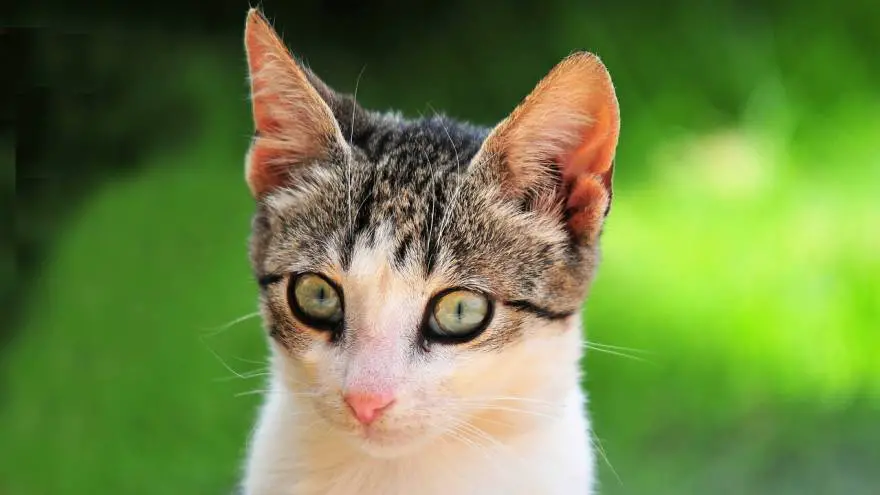
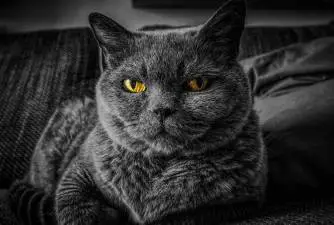
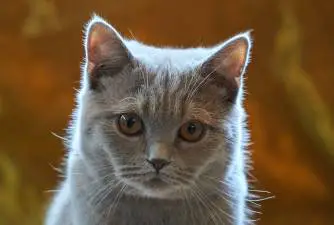



Share